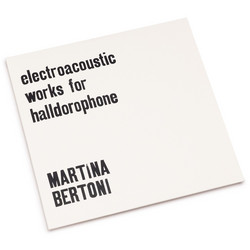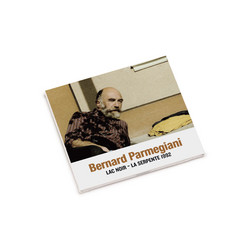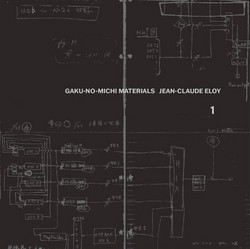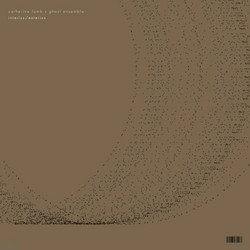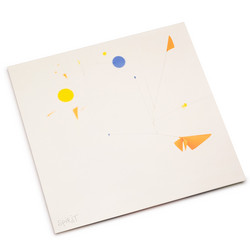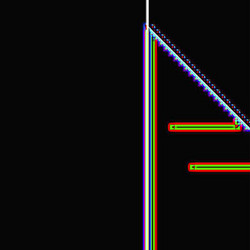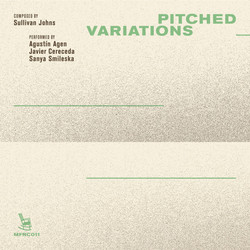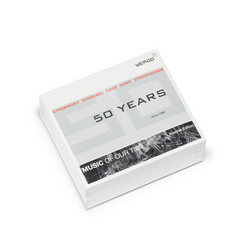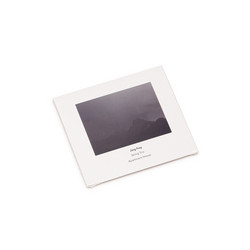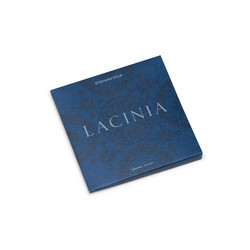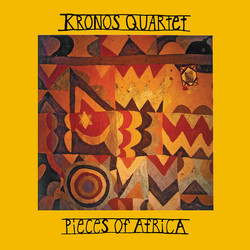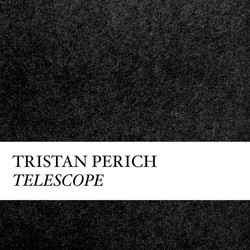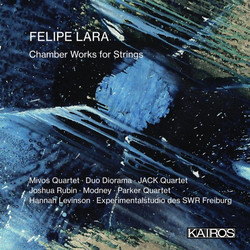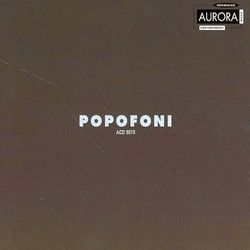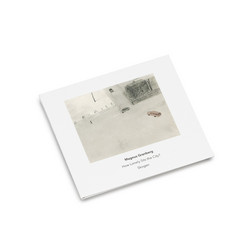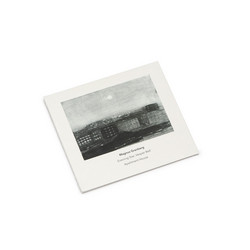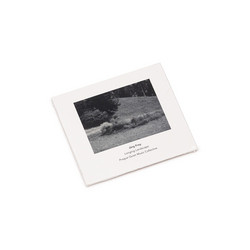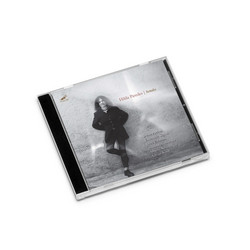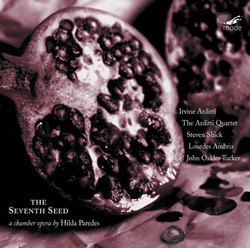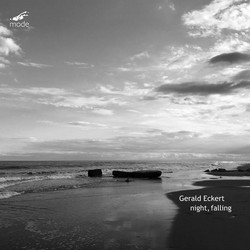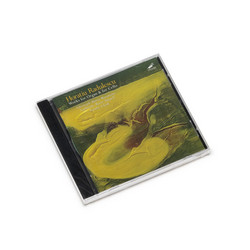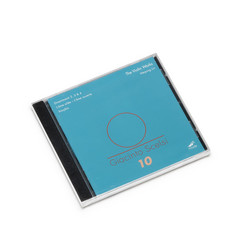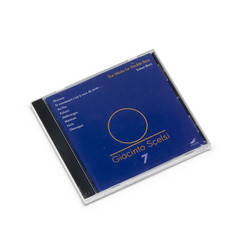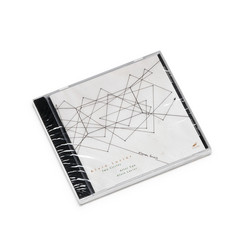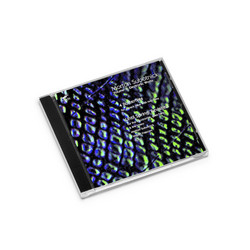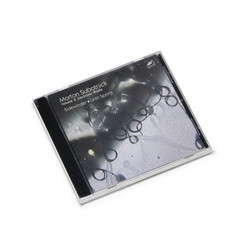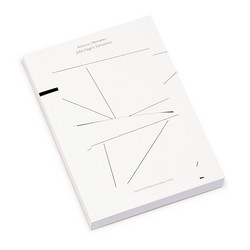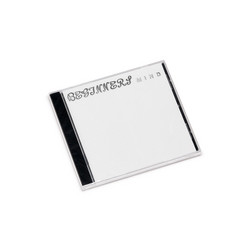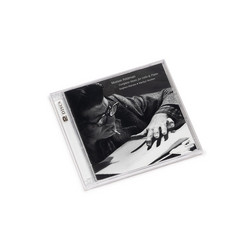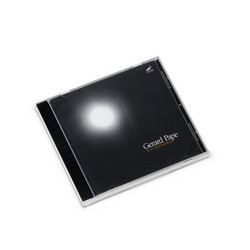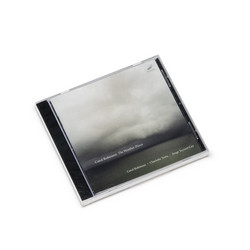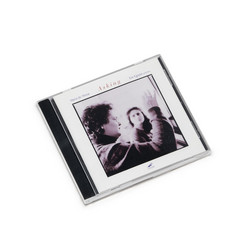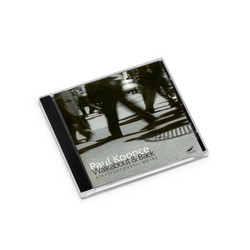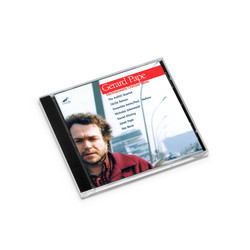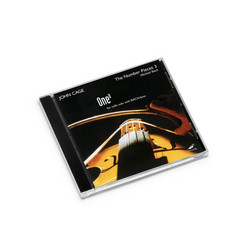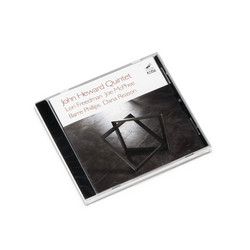** 2021 Stock ** One of Mexico’s leading composers, Hilda Paredes went to London at age 21 where she studied with Peter Maxwell Davies and Richard Rodney Bennett. Parades says that the longer she has been away from Mexico, the more she has felt drawn to it. For her, ‘Mexico’ means not the territory immediately beneath the US border, but the far south of the country – the home of the ancient Mayan cultures. Significantly, most of her titles are not in Spanish, but in Mayan (a language her grandfather still spoke). Folkloric rhythmic stereotypes, such as one finds in the music of Revueltas, play little role here. Rather, the Mayan influence is a sense of the mysterious – her string writing in particular evokes a world of mysterious, twisting tendrils, of slippery, sensuous undergrowth. This is fused with ‘rhythmic’ elements influenced by Indian music, which she learned about in England.
The title Uy U T’an, for string quartet, means something like “Listen how they talk”. Each instrument is given a distinct, human personality, and the relationship between them ranges from consensus to non-communication. Paredes imagined a “crazy and hyperactive first violin”, contrasting with “an introverted and sometimes clumsy second violin”, a “relaxed and expressive viola”, and “an absent minded cello”. Mayan magic has a literal presence in Can Silim Tun for vocal quartet and string quartet. On a trip to Mexico, Paredes found an old Mayan codex which contained “spells, prayers and medical prescriptions”, and two of the spells form the basis of this work. The voices recall the world of the late-Renaissance madrigalists. One can interpret the voices as representing culture, and the strings nature, not least because the latter have a constant presence into which the vocal utterances are inserted. A commission from Ensemble Modern, Ah Paxoo’ob is a “concerto for ensemble” based on the Mayan’s approach to measuring time. Cotidales refers to the marine notion of co-tidal lines: the forces within tidal currents that lead to various geographic points having high tides at the same time.
The work is in four distinct sections where the whole ensemble plays interspersed with others where only one or two players come to the fore. Throughout the work, the piano leads a double life: sometimes primarily defined by activities in the piano interior (muted notes, or glissandi across the strings), yet also as a ‘keyboard virtuoso’. The music is performed here by the world’s most prestigious new music ensembles and soloists. Liner notes by Richard Toop.
